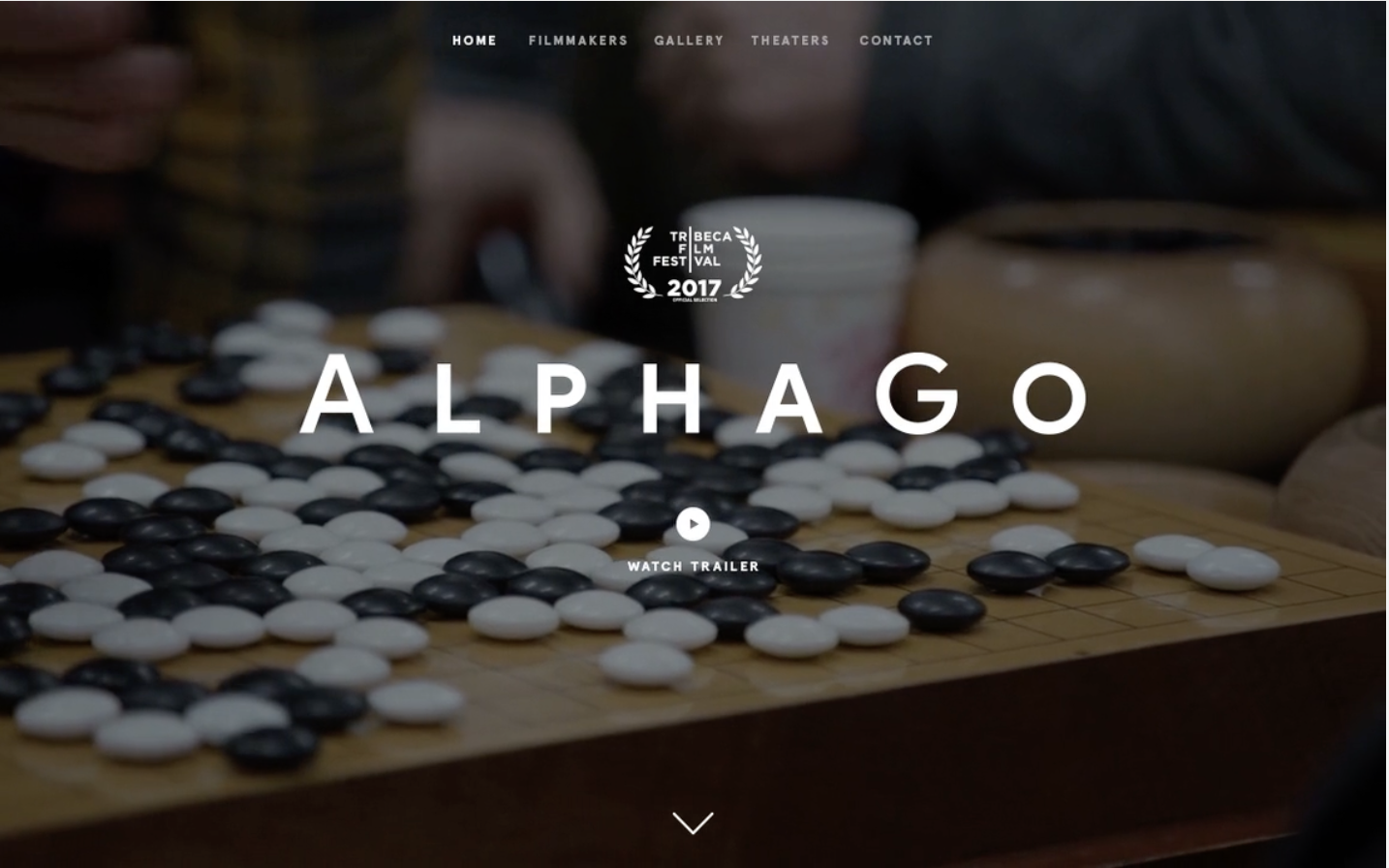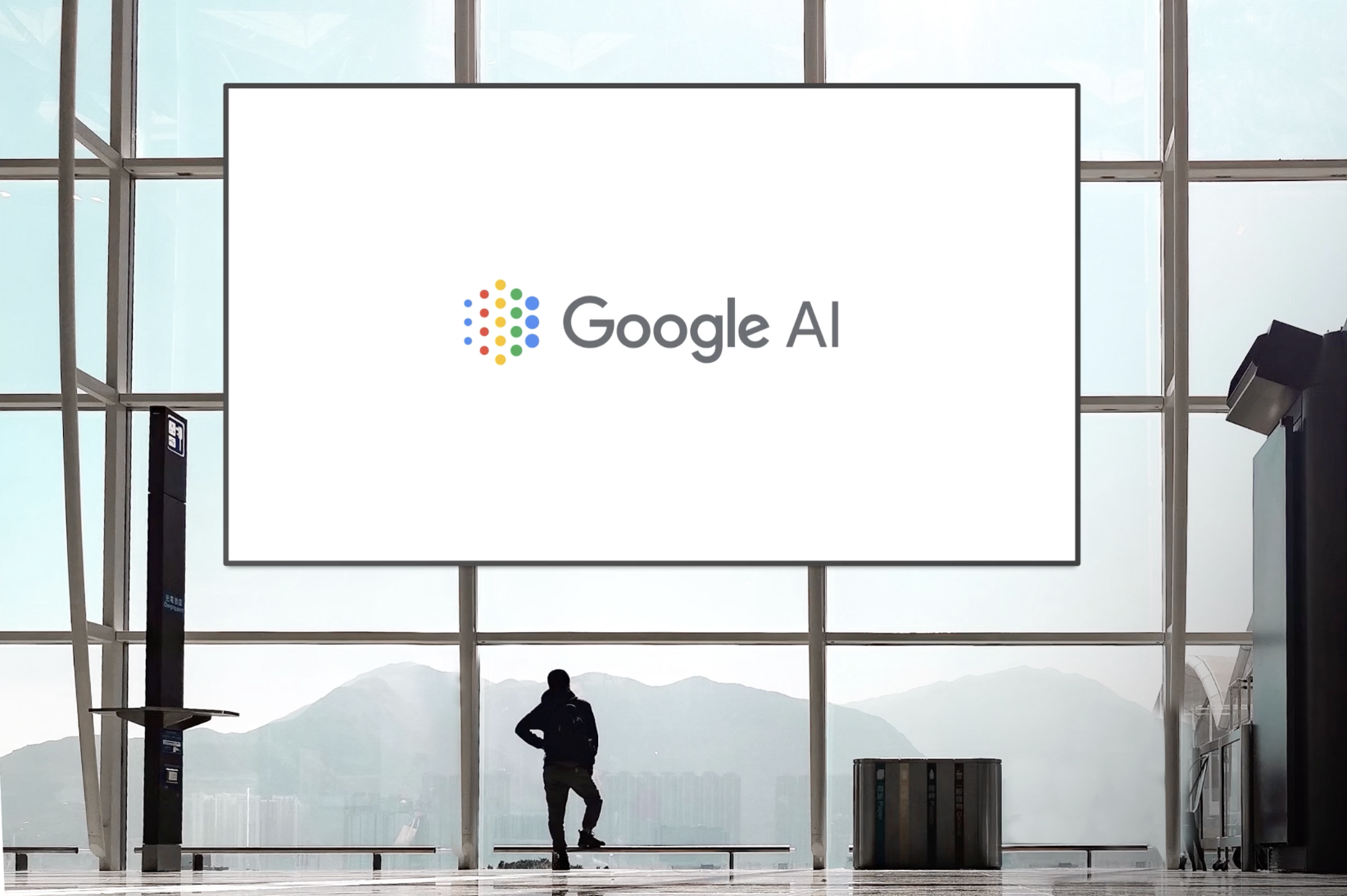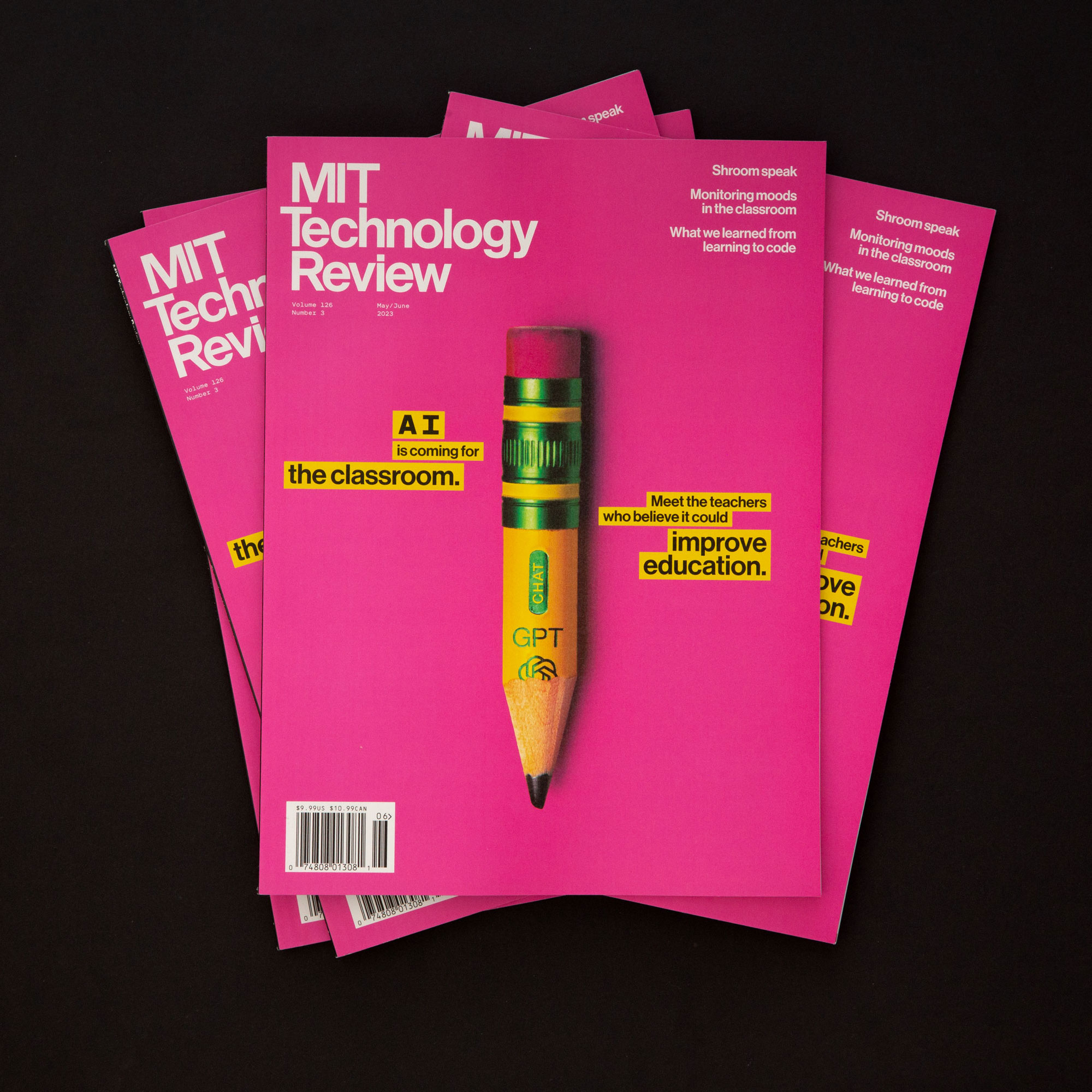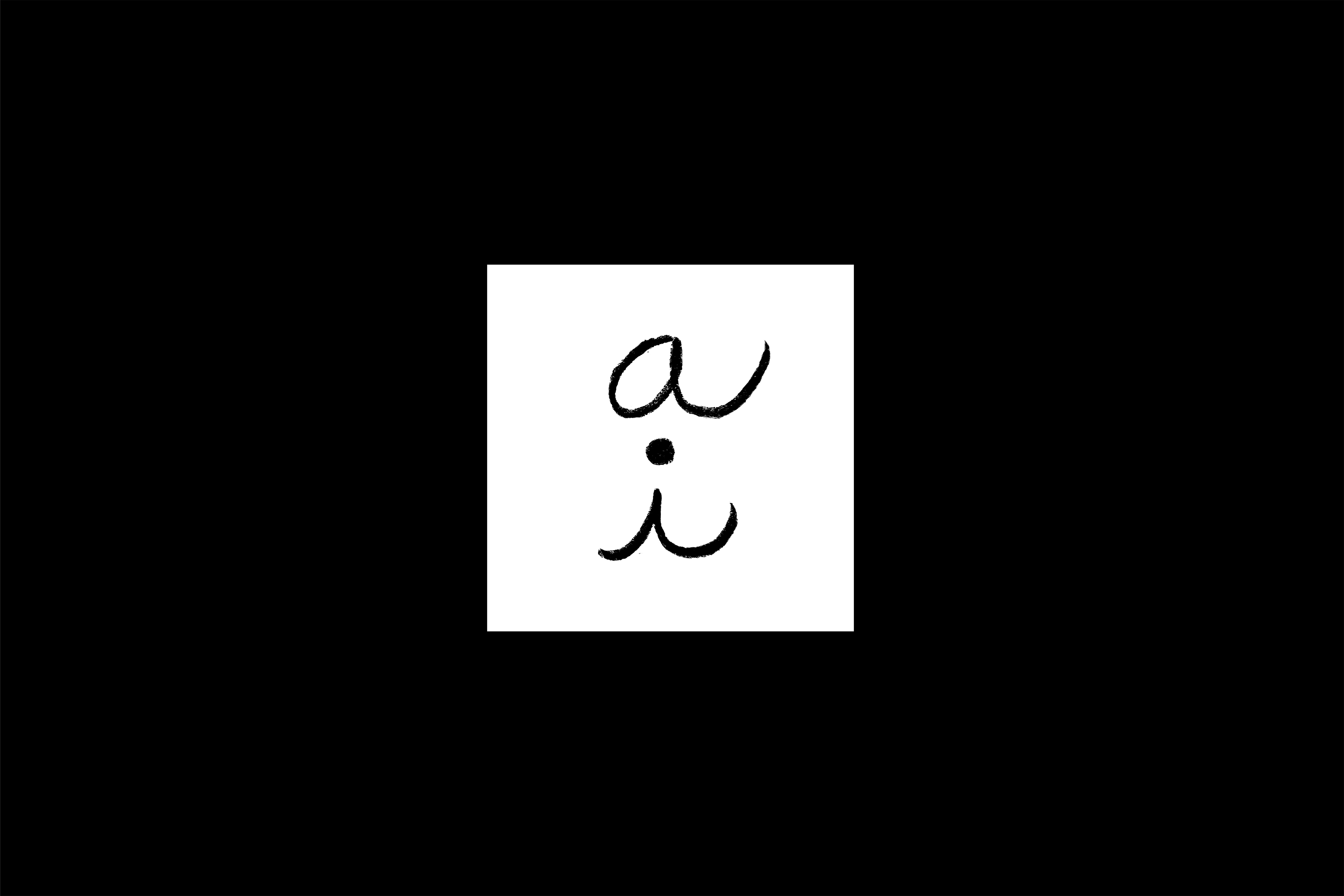
04.28.23
Artificial Intelligence—Real Simple
Using creativity to make AI a little easier to understand (and less scary)
For the general population, the front entry door for AI is about as easy to open as a bank vault. The technology is advancing at a staggering rate—one never seen before in history. Some engineers believe that humanity's ability to adapt, to understand, and to use AI will be the difference between it becoming a garden hose or a guillotine.
As visual communicators, we are often asked to demystify, to break down, to explain—to take something complicated and distill it down into a simple takeaway. Artificial Intelligence is about as complicated a subject as we’ve ever worked with.
About 7 years ago, we started to get projects that involved front-facing machine learning, ie. the AI wasn’t hidden behind a curtain and whispered about—it was in the elevator pitch. This was exciting stuff, but it had a learning curve that looked like a right angle. The first step for us was to understand the broad concepts of AI and try really, really hard to disassociate it from all memories of the Terminator :)
A great place to start is to find some common ground. When I’m trying to get an idea of what the visual status quo is for a particular subject, I’ll usually do a quick image search. It can give you insight into common symbols in our shared visual language. It also exposes common tropes, especially with technology, where the tendency is to make things look, well, techy. An image search for AI looks exactly like what you’d expect—stereotypical lights and nodes and sleek robot heads…
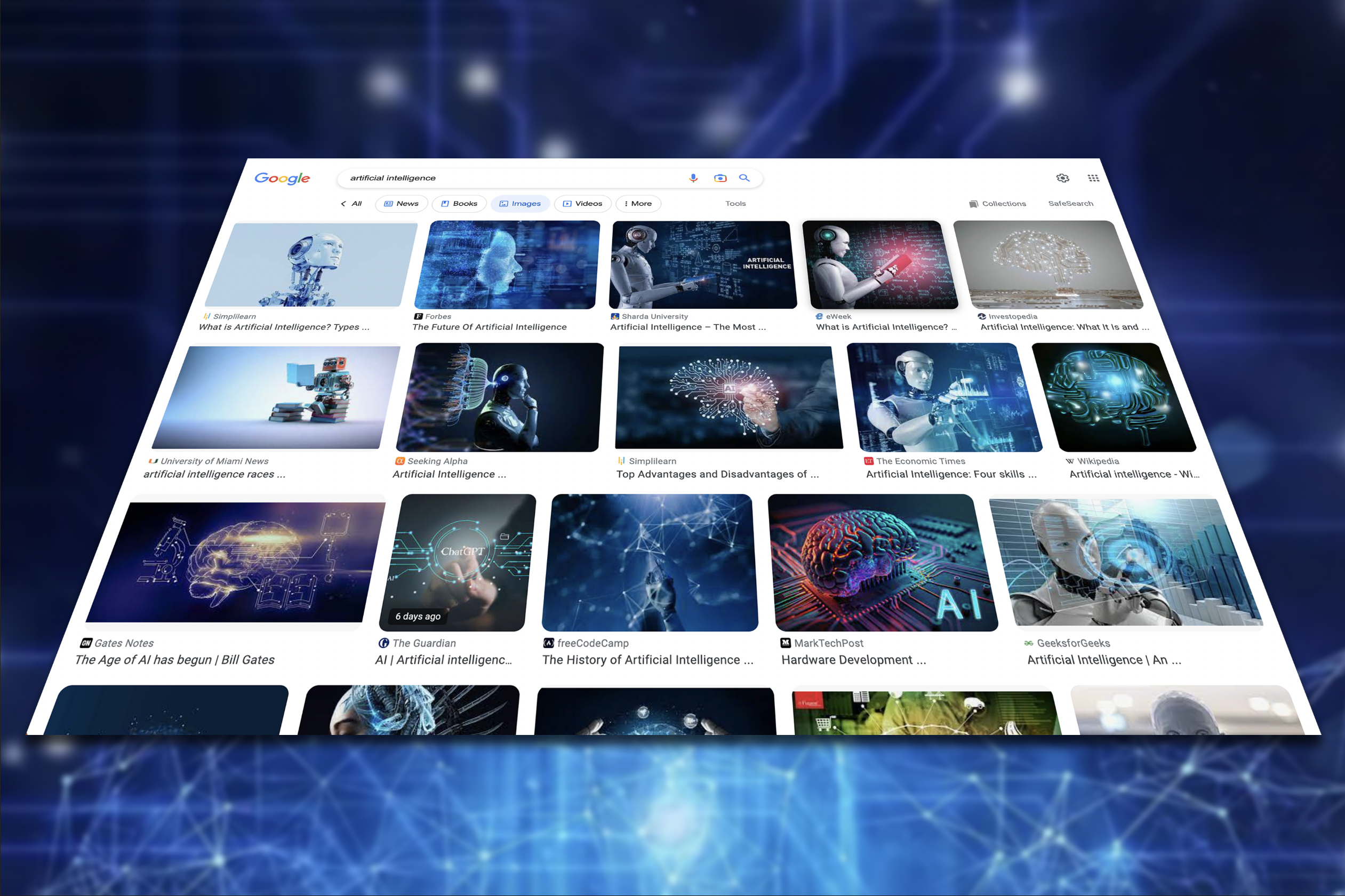
The first rule of image search is never to make images like image search.
Early on, we worked on a project to understand the technology at a very basic level. Our designs incorporated hand-drawn elements to warm up the perceived coldness of AI. We personified the different types of machine learning as an adorable little square character.
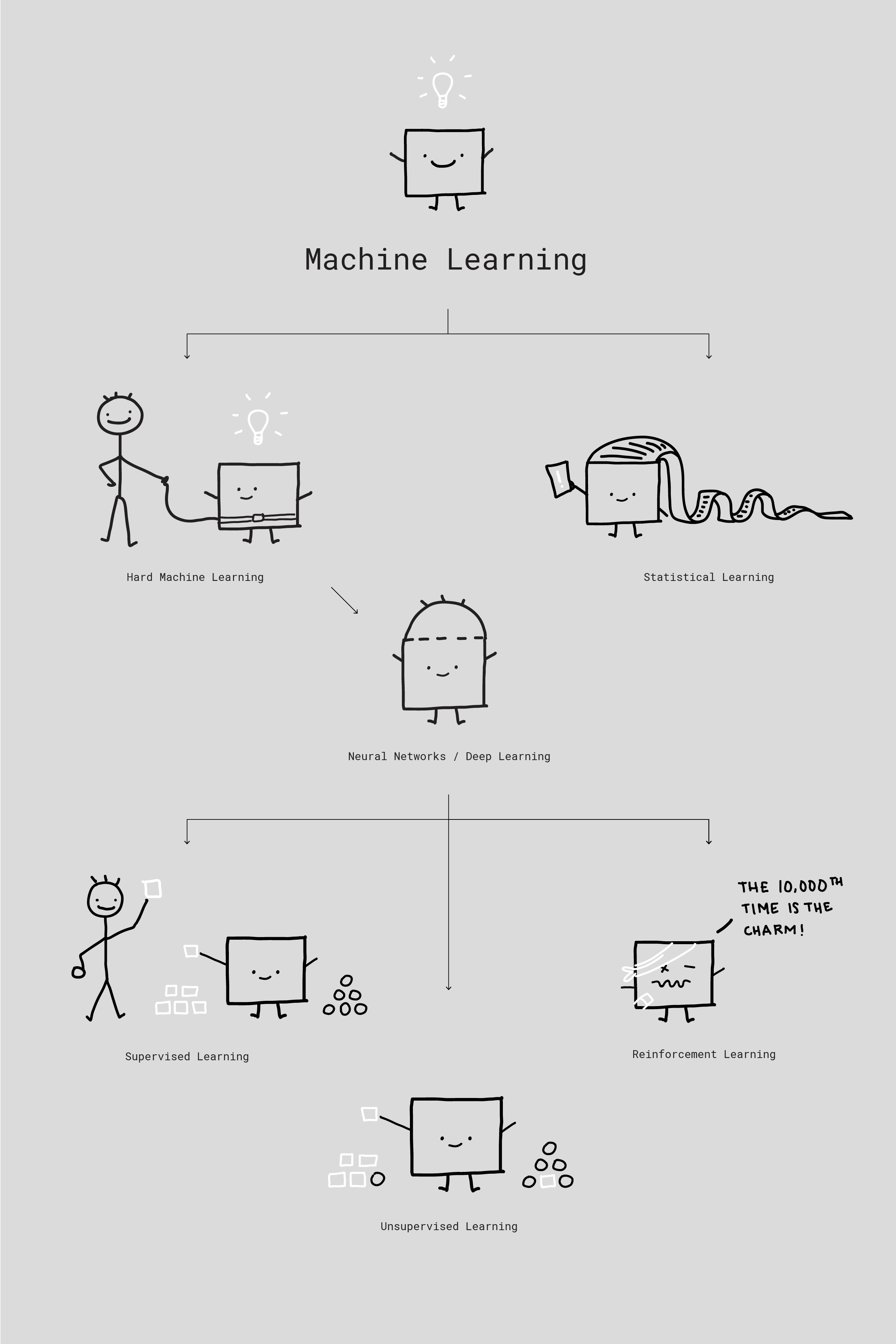
That work led to an illustration commission for an article by Maya Gupta, a research scientist for machine learning at Google. We tried to break the tech down into simple steps. First, deep neural networks are trained on bajillions of pictures of dogs and cats. Then, it will look at a new picture and each neron in each layer will identify groups of pixels that represent either a dog or a cat, and then funnel up to a final answer.
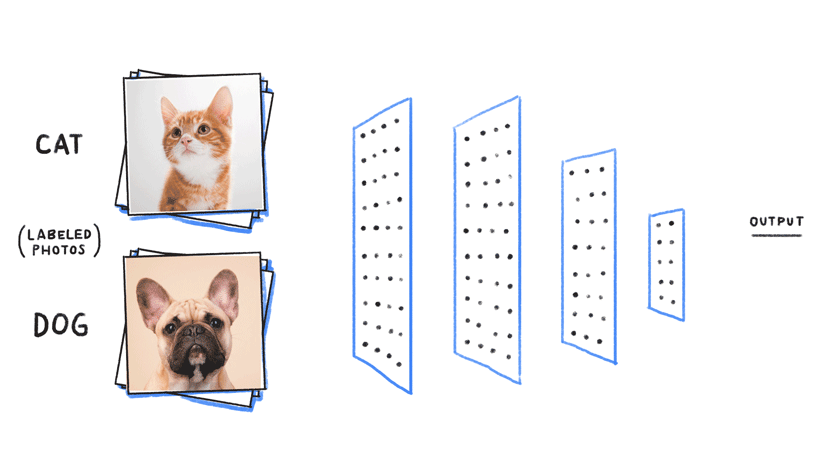
When asked If Maya could give machine learning a bumper sticker slogan, she answered:

Following the illustration for Maya, we were asked by the broader Google Research team to create a series of explainer graphics that would demystify AI with non-expert audiences. We used a neutral color palette, blocky illustrations, and minimal typography to explain the tech with big, broad, friendly strokes.
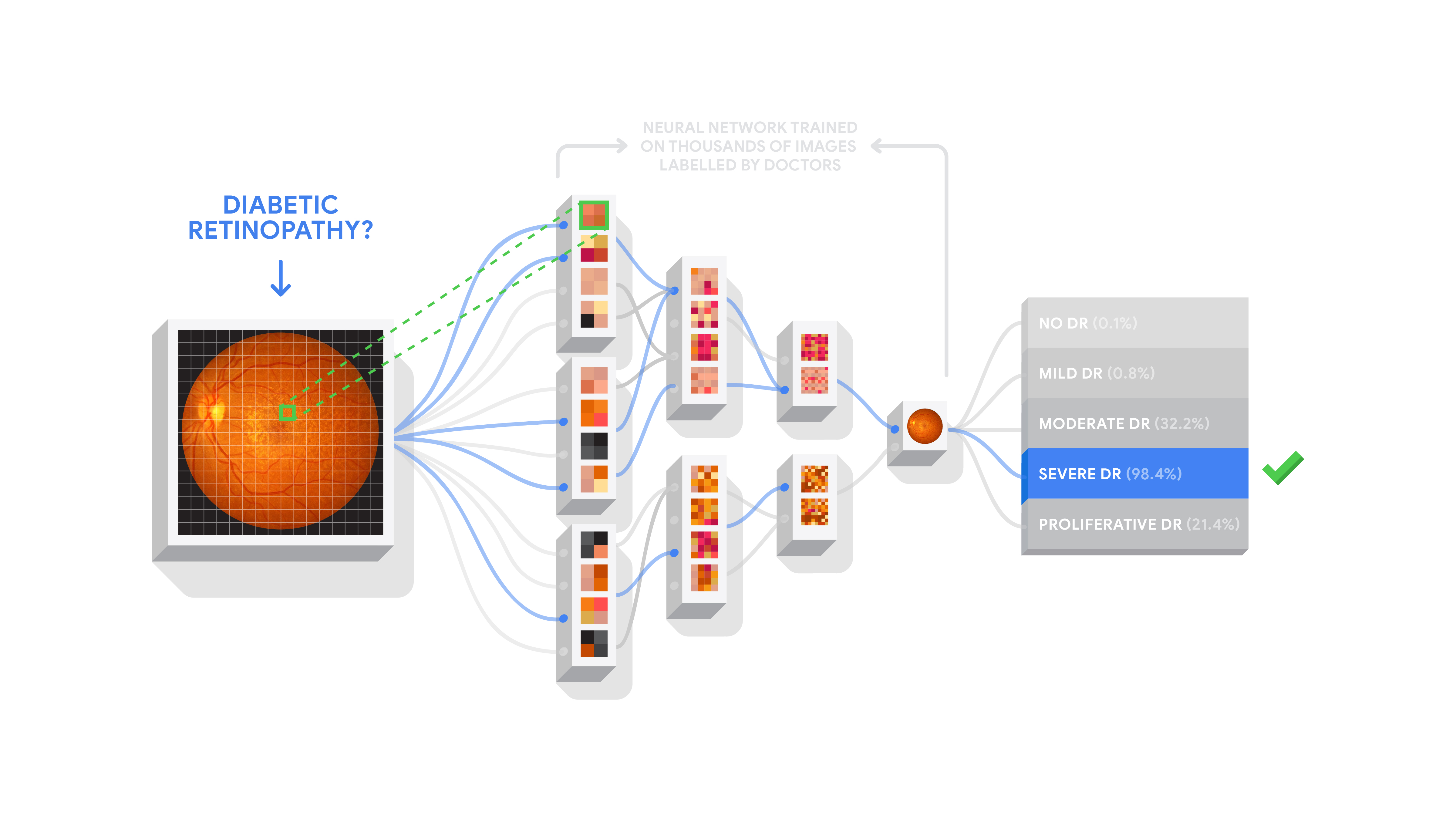
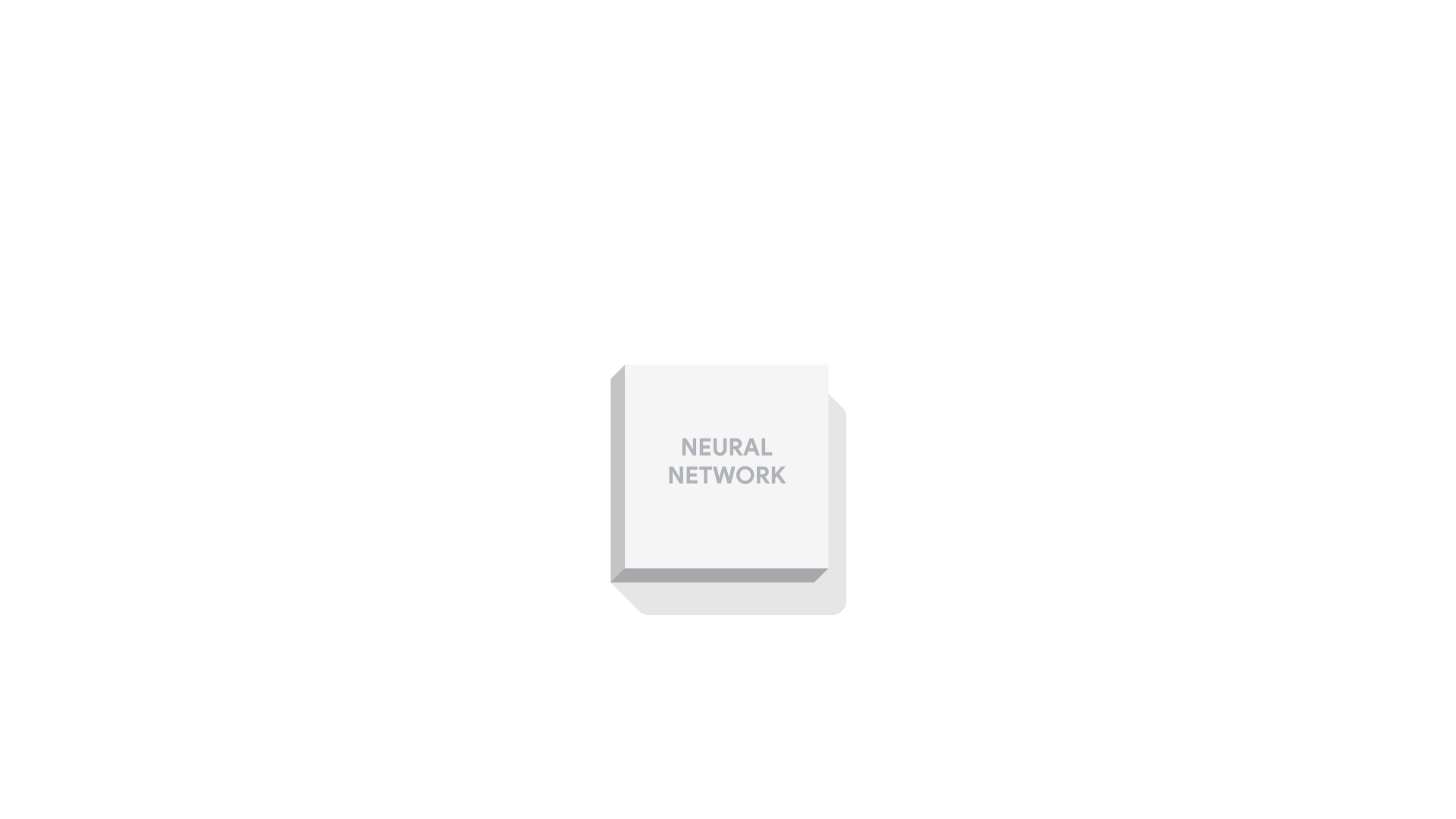
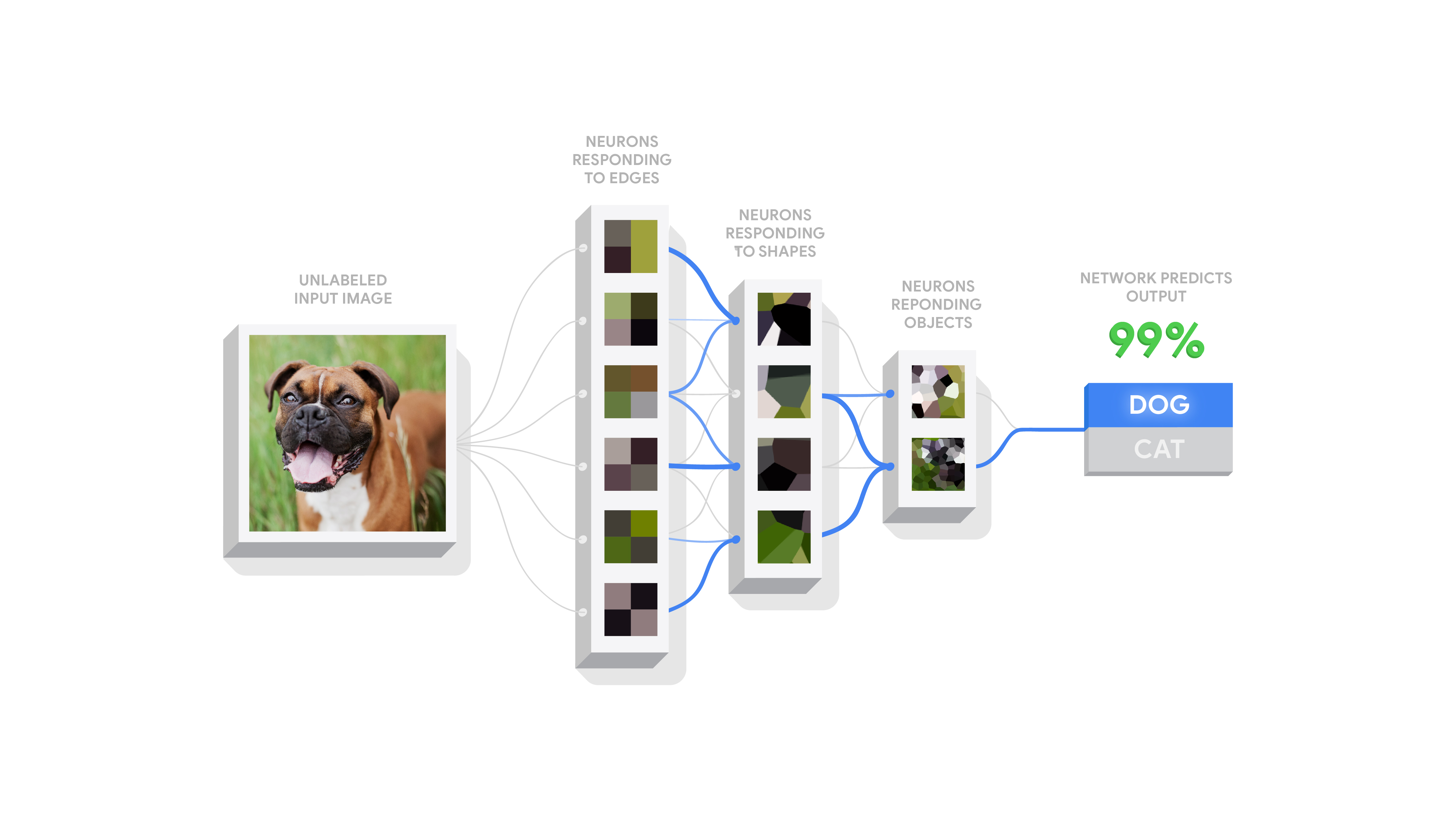
AI is used everywhere—helping doctors diagnose diseases, making cars drive themselves, and even playing 33,000-year-old board games. Winning a game of Go requires multiple layers of strategic thinking. There are more possible board configurations than atoms in the universe! Needless to say, it’s damn hard for a computer to learn how to play, and even harder to beat a warm-blooded human. That all changed in 2016 when a computer program called AlphaGo competed against Lee Sedol, who is widely considered the greatest player of the past decade. AlphaGo's 4-1 victory in Seoul was watched by over 200 million people worldwide.
We worked with the Google Creative Lab on the website and poster for the documentary film about the historic achievement. It blew my mind that 1) a computer was able to think like a human and 2) more people watched a board game on TV than watched the Super Bowl.
We will move from a mobile-first to an AI-first world.”
We began working on the identity for what would become Google AI in early 2017. It was to be the umbrella for Google’s research and development in AI. For the primary logo, we used some common symbols to communicate AI's strength and openness—the efficient hexagon and the intelligent dot grid. A dynamic thin-to-thick system conveys a feeling of movement and progress.
The core mission of Google AI is to bring the benefits of AI to everyone. That involved understanding how our own bias impacts machine learning. We helped the Creative Lab make an explainer video that explored the different types of human bias in technology.
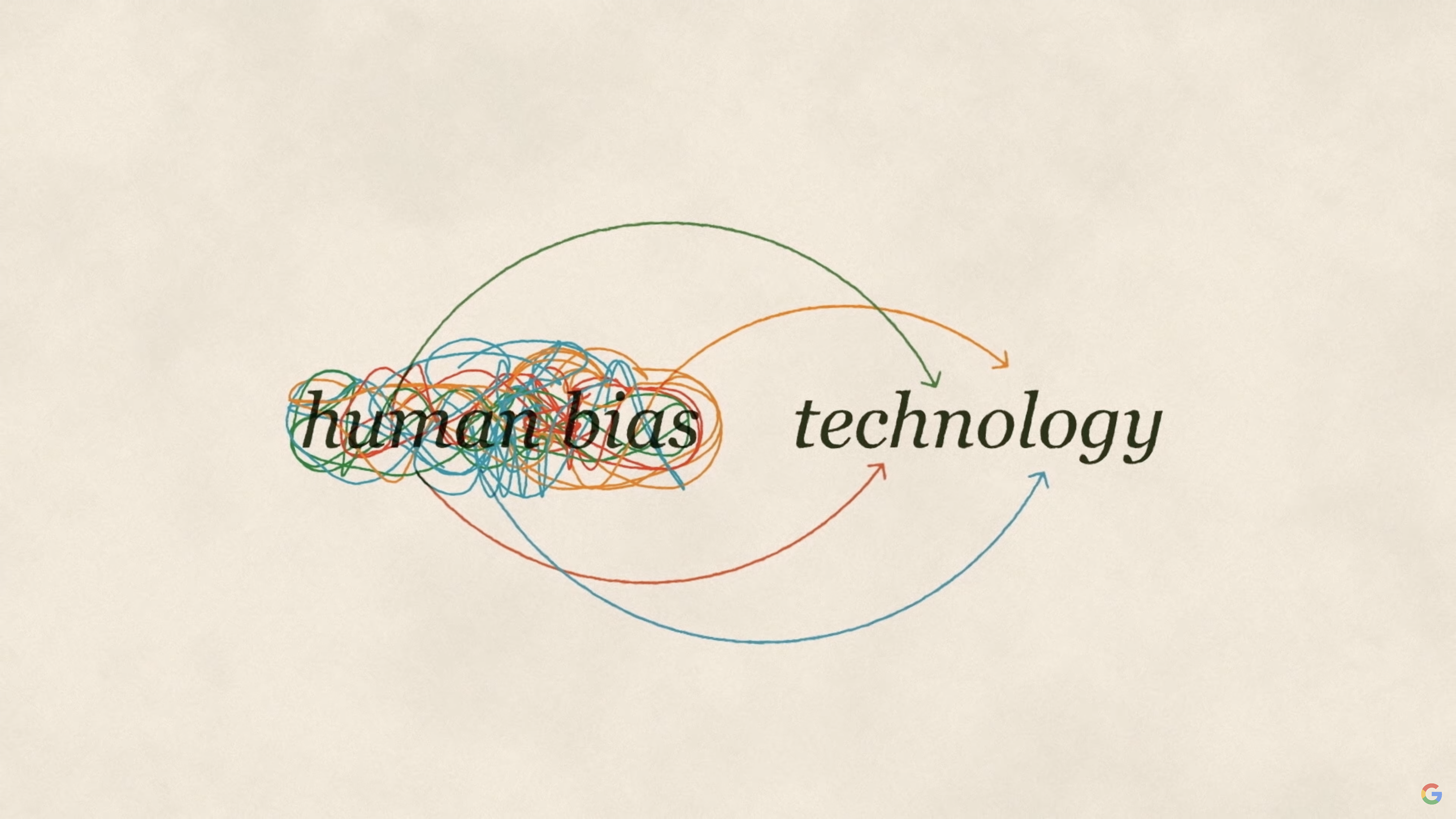
Most recently, we helped the brilliant Been Kim of Google’s Research and Brain teams on her ICLR keynote “Beyond interpretability: Developing a language to shape our relationships with AI.” Been provided us the opportunity to not only stretch our understanding of what is possible with new technologies but also establish new pathways for designing deeply complex data and scientific research in an approachable way. Also, animating spaceships and aliens is fun!
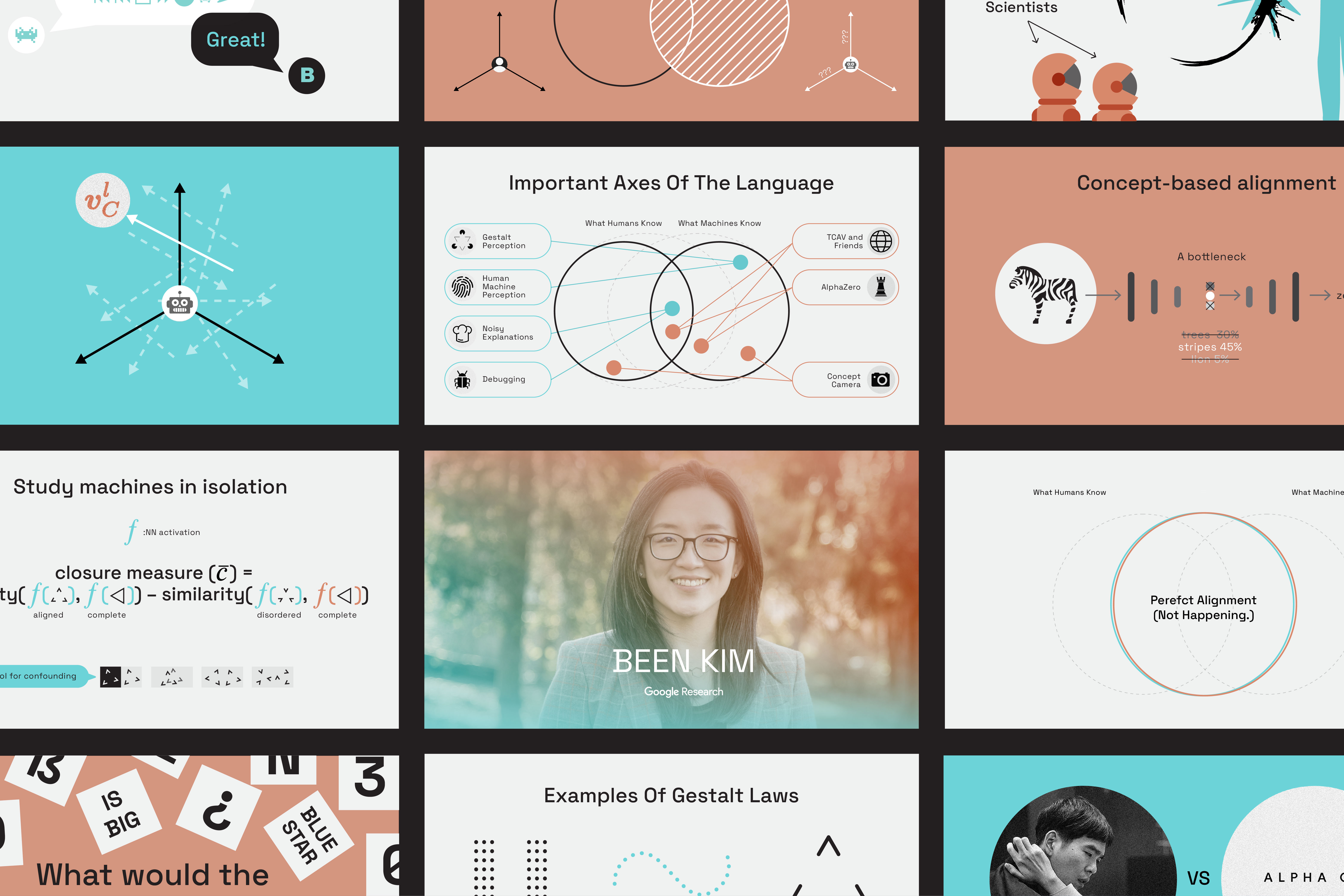
Wherever you stand on AI, it is undeniable that it’s everywhere now. With the popularity of Chat GPT and the integration of Large Language Models in search engines, we’re looking at what Sundar predicted in 2016 coming to fruition. We’re becoming an AI-first world. Most of our efforts in this space have gone toward explaining and demystifying AI. I don’t think that work will ever be done. But who knows… AI is already pretty damn good at Pictionary.

